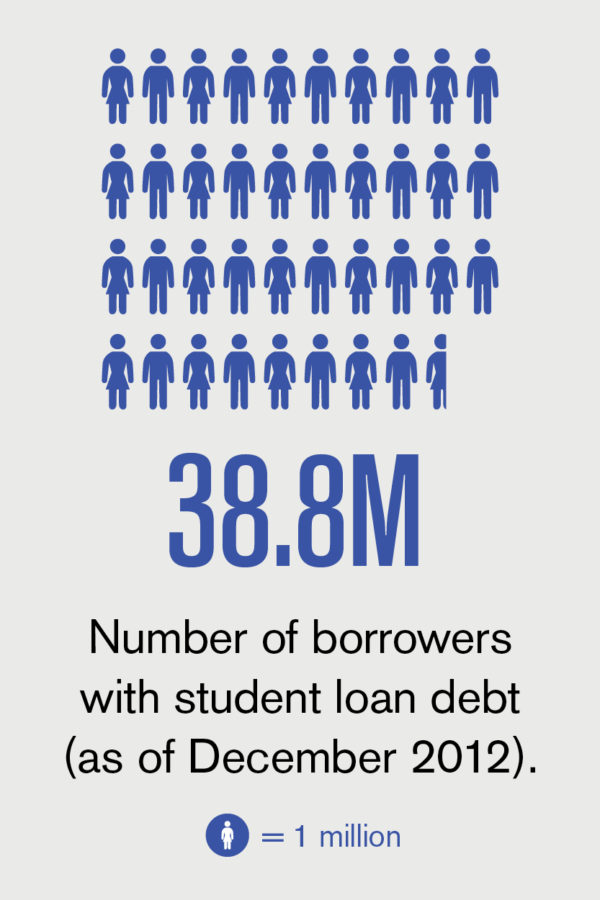For many students, college life includes initial experiences in making their own food and lifestyle choices—decisions that have the potential to develop into lifelong habits. To make healthier choices a little bit easier on campuses across the country, the Partnership for a Healthier America (PHA) is launching its Healthier Campus Initiative. Through this effort, PHA will broker commitments with colleges and universities to make their campuses healthier by adopting guidelines around food and nutrition, physical activity, and programming.
“Colleges and universities play an integral role in preparing students for what lies ahead, and a central piece of that is learning healthy habits that will last a lifetime,” says PHA CEO Lawrence A. Soler. “The PHA Healthier Campus Initiative aims to create an environment in which physical activity and healthier eating are integrated into students’ daily lives, so these healthier habits become second nature.”
PHA works with the private sector to secure commitments that make healthier choices more accessible and affordable, regardless of where people live, work, or play. PHA also ensures that commitments are kept, by publicly reporting on the progress partners make.
From child-care providers to food manufacturers, from sporting good brands to media companies, from hospitals to food service providers, PHA’s partners vary widely, as do their agreements. For example, grocers across the country are bringing new stores to underserved areas.
Because partners and participating institutions demonstrate dedication to creating a healthier society, PHA works to celebrate success and spread the word about the real changes these companies, organizations, and academic institutions are making. (Go to http://ahealthieramerica.org for examples.)
Better Eating, More Movement
For the past several years, healthier trends, such as more nutritious dining options and access to bike-sharing programs, have been spreading across college campuses. Unfortunately, at the same time, students’ overweight and obesity rates continue to increase. “A Prospective Study of Weight Gain During the College Freshman and Sophomore Years” published in 2010 by the National Institutes of Health indicates that those rates increase by more than 15 percent during the first year in college, while most college students do not meet dietary and physical activity guidelines.
By signing onto the new initiative, college and university campuses will work to change this reality, and build on the efforts already taking place across the nation. For example, the new Instant Recess program gives students, faculty members, and staff at the University of California, Los Angeles, the opportunity to fit in a few minutes of movement—from Frisbee, to hula hooping, to jogging—before heading off to classes or studies.
In addition, UCLA recently opened the Bruin Plate (named after the university’s sports teams), which is one of the first completely health-themed dining halls in the country. With all entrees coming in under 400 calories, the B-Plate is designed to make a simple but healthier eating choice.
Customized Programs
Working with a group of the nation’s leading nutrition, physical activity, and campus wellness experts, PHA has set guidelines that colleges and universities can “mix and match” to develop the best plan for their respective campuses.
Some of the guidelines include:
Food and nutrition
- Provide healthier food and beverage services in campus-operated dining venues.
- Select healthier optionsfor vending machines.
- Increase local food in campus dining service.
Physical activity
- Create a built environment that encourages active forms of transportation on campus, including access to walking and bicycle paths.
- Encourage student physical activity and movement through extended gym hours, fitness assessments, daily activity breaks, and other activities.
- Provide access to personal trainers on campus.
Programming
- Implement comprehensive wellness programs for individuals on campus.
- Offer other wellness programs, including activities that address food security, service learning, and cooking skills.
- When colleges and universities sign onto the Healthier Campus Initiative, they become a part of a broader network dedicated to turning the healthy choice into the easy choice.
RESOURCE LINK For more information on how to join the Healthier Campus Initiative, contact Sara John, communication coordinator.
SUBMITTED BY Stacy Molander, vice president, strategic initiatives, the Partnership for a Healthier America, Washington, D.C.











